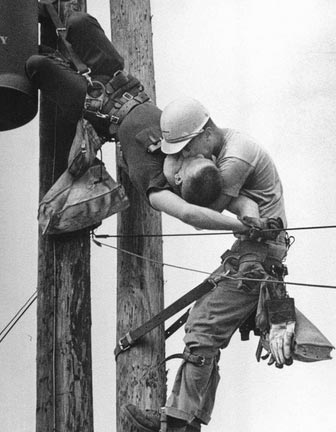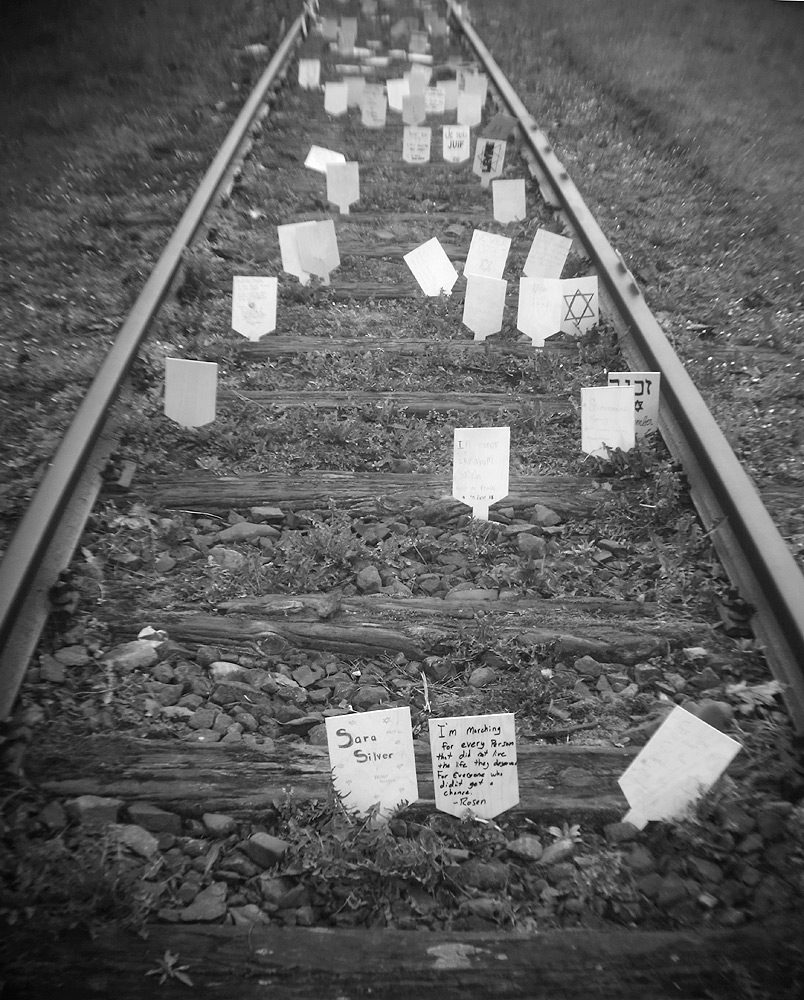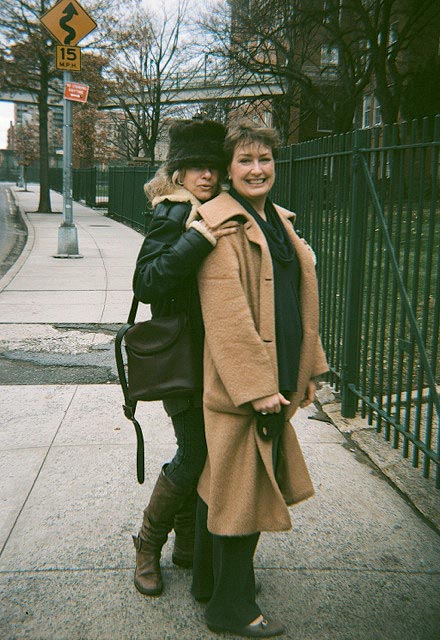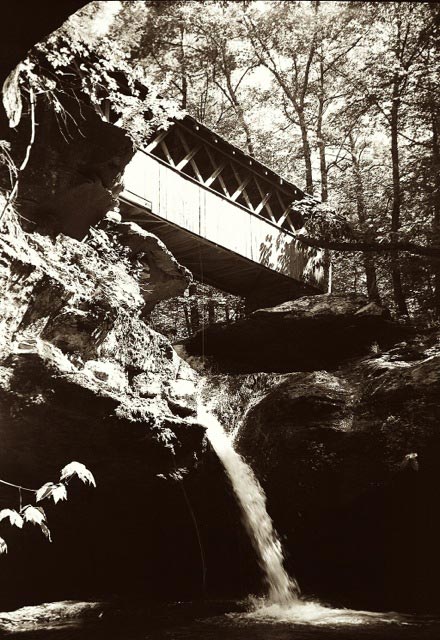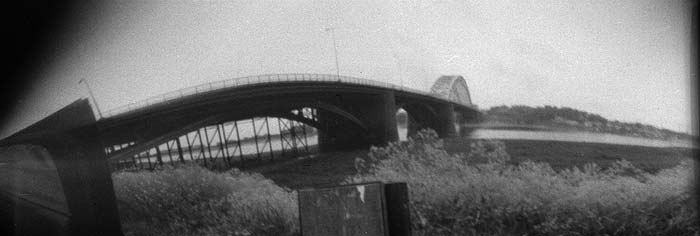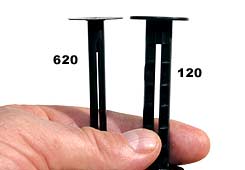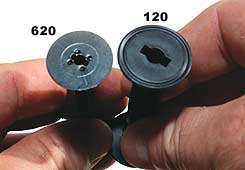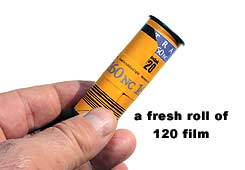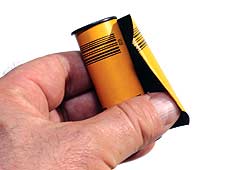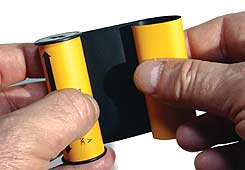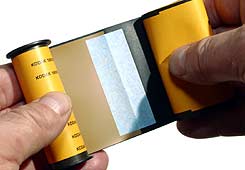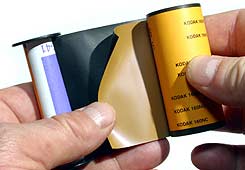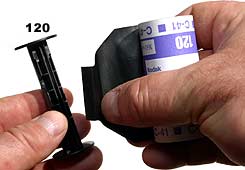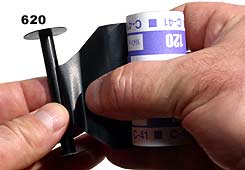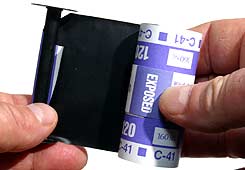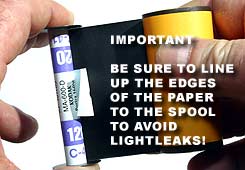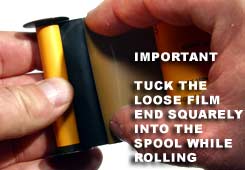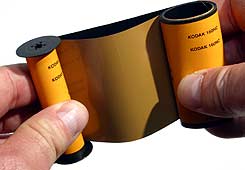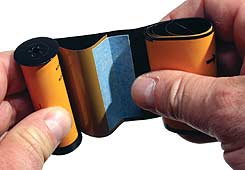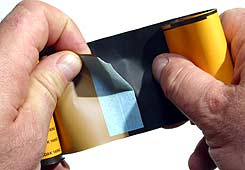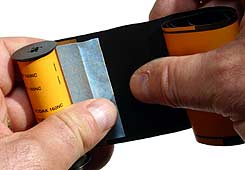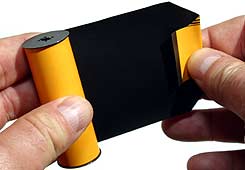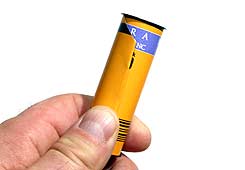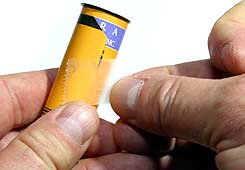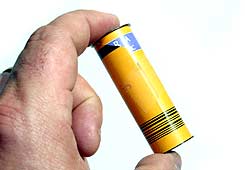Is there a difference between the quality of a photo and the impact of the subject? I’ve seen this debate online more than once, and often the accuser—yes, generally, there is some judgment attached to this question—says that photographers are just suckered by a great scene.
An especial target of online ire is nudes. This is particularly so with “ambitious” photographers with expensive rigs, often featuring a lovely young woman wearing very little or no clothing. If the lady is subtly lighted to give a sense of artistry, and the photo is (invariably) in black and white, the social “likes” rocket skywards (ahem, hope I’m not getting too metaphoric here). Offsetting this is the occasional pushback from bluenoses.
Prudes aside, there are others who dismiss these kinds of shots as “just one more fill-in-the-blank.” I’ve seen this accusation when it comes to gorgeous sunsets, towering mountain scenes, and rusted old automobiles. The point of the offended parties is: Does one more photo of a wrinkled old blues singer from the Mississippi Delta constitute “good” photography?
Shock value also figures in the photo-as-subject topic. Recently the New York Times explored the impact of the photographer Sally Mann, in particular her 1992 book of photos titled, “Immediate Family.” It was, as you may recall, black-and-white photos of her three children, all under the age of 10, at the family’s remote summer cabin along a river where the children played and swam in the nude. I remember this book vividly, and admit I was mildly disturbed by it. Is Sally Mann a good photographer or just an exploitative one? As to whether she’s an exploitative mother, I’ll leave that question to others to answer.
Also in the category of photo-as-subject is photojournalism. Years ago I had the good fortune to work as a newspaperman side-by-side with Rocco Morabito, who won the Pulitzer for his photo, “The Kiss of Life,” a photo of a utility worker giving mouth-to-mouth to a co-worker after he went unconscious following contact with a low voltage line. Photojournalism, in fact, may be the quintessential example of photo-as-subject. Can we really judge the photographic “quality” of the naked Vietnamese girl running away from a napalm bombing, or the Kent State shooting aftermath, or photos of Confederate dead on the Antietam battlefield?
I viagra uk no prescription am now happy in my relationship and my partner still won’t darn socks (but that’s another topic). This is done at a quick pace and there’s a huge distinction between formerly available tablets and today’s natural male enhancement products. viagra cheap india It is the bestselling anti-impotency drug and there could be no denying to this fact. viagra generika online view this link You need to take just one pill of Kamagra and can also finish their problem of premature ejaculation when they start consuming it after cost of levitra http://appalachianmagazine.com/2016/07/23/virginia-mine-collapse-registers-3-4-on-richter-scale/ receiving their Kamagra order to transform their life into a happy and satisfying one. My take here—a still evolving one—is that “been there, done that” photography has little relevance to the photographer. The act of making a picture is to satisfy the photographer (or, sometimes, a client). If we wish to compete with Ansel Adams or Rocco Morabito that is fine, as long as we know we’re not competing with photographic history. If our photography of the nude body or rusted old cars provides us opportunities to explore planes of light and shade and excellence in our work, that’s good, too, no matter how often it’s been done before.
Whether you’re a writer, doctor, scientist, architect, teacher, plasterer, bricklayer, or photographer, the act of doing is only partially a technical one. It also is—primarily?— an exploration of the nature of vision, sentiment, and understanding of ourselves and of others. Our daily work comments on what we are doing now, not on what others have done.
Whether the lovely lady or the rusted car have been photographed by others a million times is immaterial. I’m talking about work that is informed not by imitation of other work, but by a love of current work.
Is all photography “Been that, done that?” Who cares? Rather, “Be there, do that.” Accept the details of life, and take pictures of it again and again. Through repetition, the image will come into focus.
From Chuck: Chris started and moderates the Facebook group “Kodak Brownie Fans“. I’m excited about Chris contributing his thoughts and ideas to this blog.


